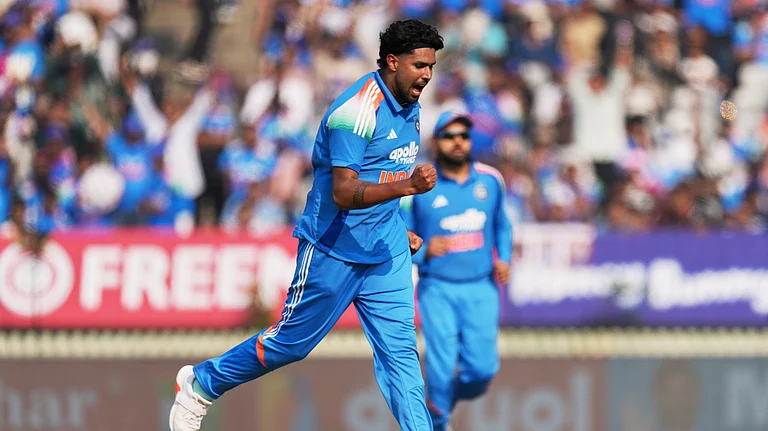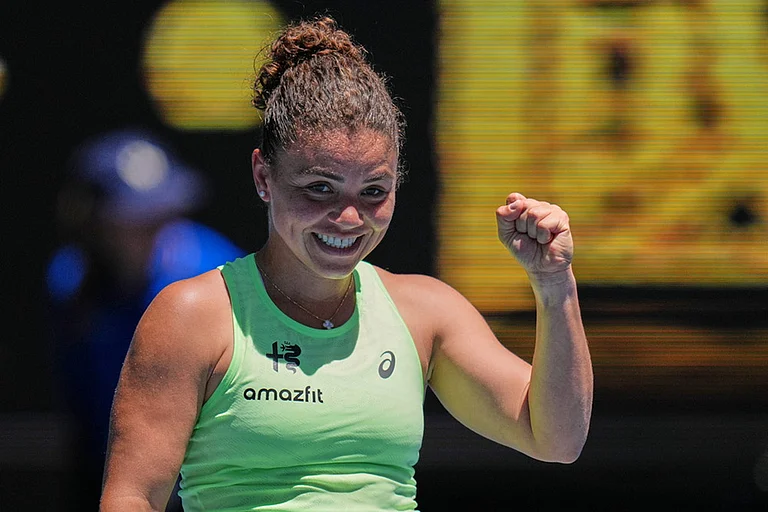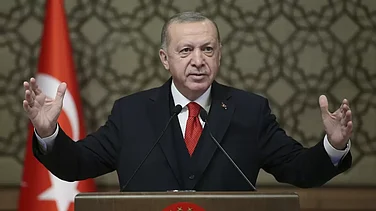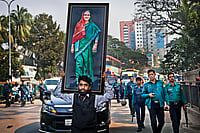Shinzo Abe has been a fast friend of India and was one of the first world leaders to realise the importance of India’s position as a major Asian democratic power. Under Abe’s two terms as prime minister, New Delhi and Tokyo’s relations improved tremendously and took on a strategic dimension. Abe, a fierce nationalist saw China as a threat. It was during his tenure that Japan began shedding some of its post-World War II pacifist restrictions and spent money on equipping and modernising Japan’s defence forces. This was something other politicians had not done thanks to strong public opposition to any hint of a militarist state. Abe realized that the world had changed and China was becoming increasingly assertive in the Indo-Pacific waters.
It was Abe who first came up with the idea of the arc of democracy, stretching from the US to Japan and on to Australia and India, to contain China’s assertiveness. This was the origin of the quadrilateral dialogue which is now in place. Shinzo Abe first initiated it during his first short term in office from 2006-2007. However, the time for the quad was not right. China protested loudly when the initial meeting was held in Manila in 2007. Australian Prime Minister John Howard participated with other members in the inaugural meeting of the Quadrilateral. This was a month after joint naval exercises near Tokyo by India, Japan and the United States were announced.
Soon afterwards Abe lost power and with his departure, the initiative collapsed. Australia’s John Howard lost elections to Kevin Rudd who at that time was a great friend of China. He believed that Australia should look more to Asia than to Europe and America and was not enthusiastic about the quad. India’s Manmohan Singh government too believed it was important for China and India to repair ties and usher in the Asian century. The US too did not regard China as a major challenger and did not try to prop up the quad.
The quad finally took shape in 2019 as China’s muscle-flexing and political and economic clout increased. Shinzo Abe was back in power from 2012 to when he resigned on health grounds in 2020. Narendra Modi and Australia’s Scott Morrison were now ready to step in and promote the new defence architecture for the Indo-Pacific to contain China. The first quad summit took place when President Joe Biden took over from Donald Trump in 2021.
Shinzo Abe’s visit to India in 2007 and his speech to the Indian Parliament were turning points in relations between India and Japan. He received a thundering ovation and MPs were jostling to get to him and shake his hand. "Today I have the great honour of addressing the highest organ of state power in this largest democracy in the world. I come before you on behalf of the citizens of another democracy that is equally representing Asia, to speak to you about my views on the future of Japan and India,’’ Shinzo said.
"The Pacific and the Indian Oceans are now bringing about a dynamic coupling as seas of freedom and of prosperity. A "broader Asia" that broke away geographical boundaries is now beginning to take on a distinct form. Our two countries have the ability -- and the responsibility -- to ensure that it broadens yet further and to nurture and enrich these seas to become seas of clearest transparency.
This is the message I wish to deliver directly today to the one billion people of India. That is why I stand before you now in the Central Hall of the highest chamber, to speak with you, the people's representatives of India. “
Abe's grandfather, who had also been Japan’s PM, had also addressed the Indian Parliament during an earlier visit.
It has to be noted that since independence India’s ties with Japan were good. When many countries, including US President Bill Clinton, came down like a ton of bricks on India after the Vajpayee government’s nuclear tests of May 1998, Japan too joined the chorus against New Delhi. But while India reacted angrily to lecturers from western leaders, it was much more understanding of Japan’s opposition. Senior ministers and officials often said that as Japan was the only nation in the world that had faced the devastation of the bombing of Hiroshima and Nagasaki, public opposition to nuclear weapons was natural.
Shinzo Abe had excellent relations with both Prime Minister Manmohan Singh and Narendra Modi. Like Modi, he is an assertive nationalist and both men got along very well on a personal level. Abe is singularly responsible for turning around India-Japan ties, prime ministers after him have followed his lead.



























